Khmer ethnic minorities live in villages called "phum" or "soc". Their houses often have roofs made of coconut palm leaves, and a door facing east. Measurements for houses are always odd numbers such as 5 or 7 metres. The Khmer people traditionally practise wet rice cultivation.
They have a long tradition of selecting rice strains, building irrigation networks, and using tidal waters to enrich arable soils. They also raise cattle, poultry and fish, while pursuing traditional crafts such as weaving, ceramics, and harvesting sugar from Palmyra trees.
Khmer Krom people follow different religions and beliefs, including folk beliefs, and Brahmanism. Buddhism is prevalent with most "phum" or "soc" boasting a pagoda.
A Khmer pagoda is a meeting place for cultural functions. Before their coming of age, young Khmer people are sent to pagodas to brush up on their knowledge and morality. South Vietnam boasts about 400 Khmer pagodas, where production techniques and general schooling are undertaken.
Khmer minorities still observe many traditional customs and maintain original cultural and artistic activities. Major pagodas often host bands with drums, trumpets and other traditional musical instruments. Khmer people celebrate many festivals, the biggest being the Chol Chnam Thmay, or traditional New Year festival. Other major festivals include Buddha’s birthday; Donta, festival for the wandering souls and Ok-bom- bok in prayer of the Moon.
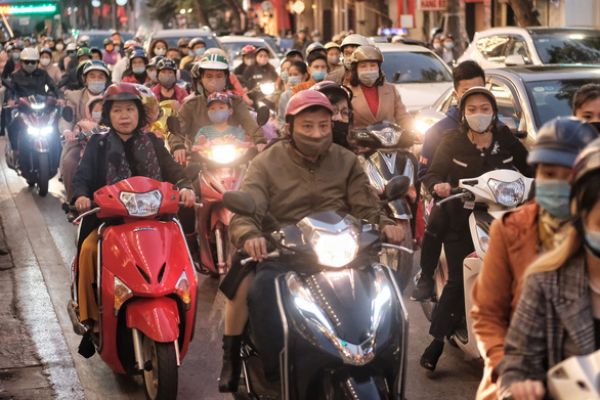
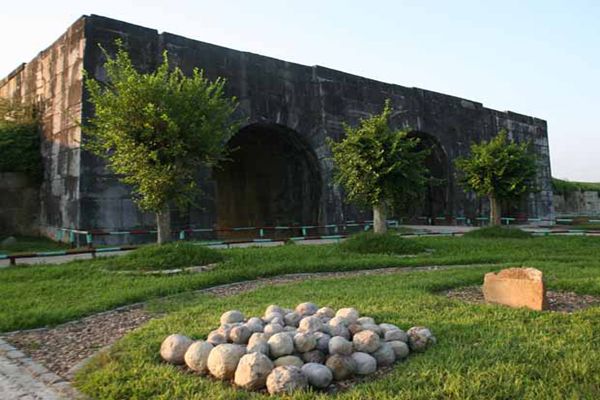

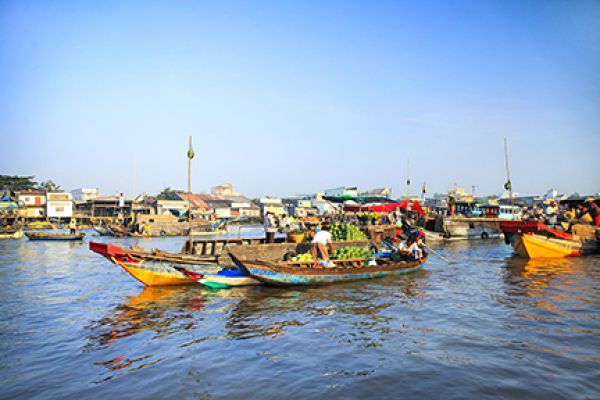
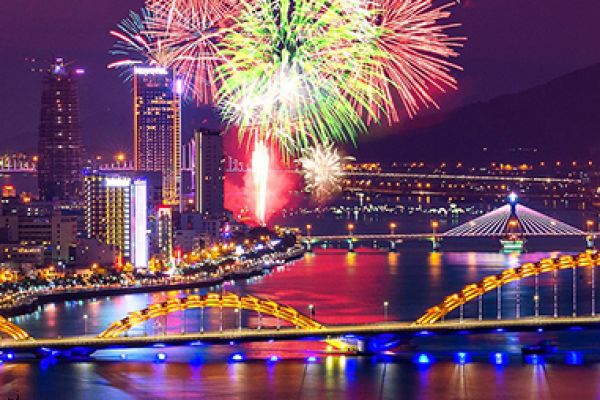

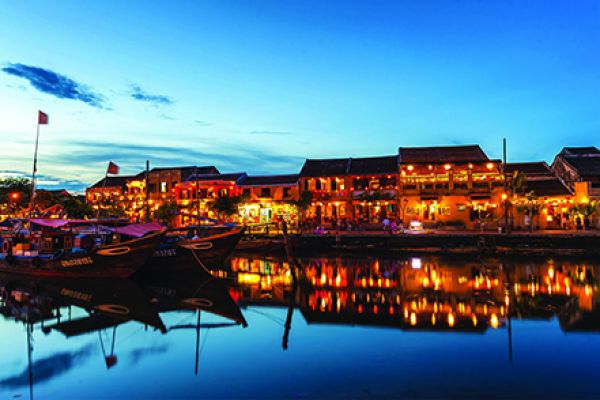
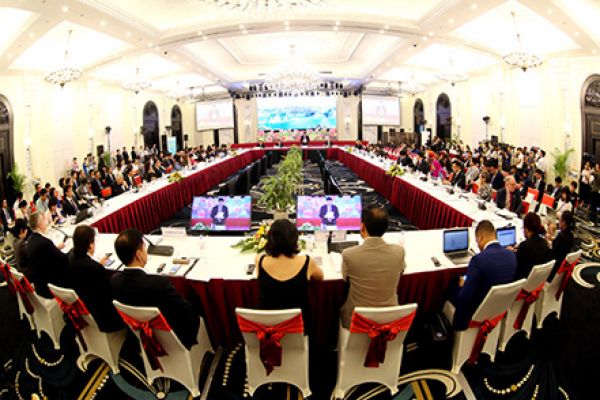
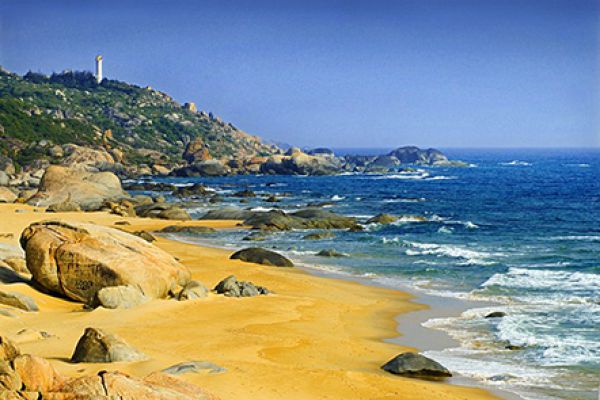
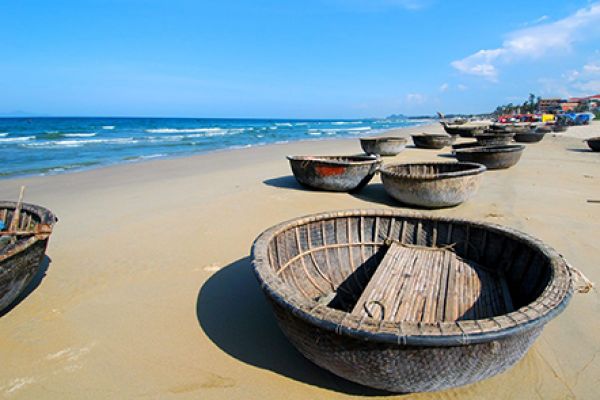
(84-63) 3 826042 – (84-63) 3 511142
No 54 Nguyen Dinh Chieu, Ham Tien Central Mui Ne Beach Binh Thuan Vietnam
523 To Hien Thanh District 10 Ho Chi Minh City Vietnam
Ha Long Halong City Quang Ninh Vietnam
A13 Hung Thong 2 Halong City Quang Ninh Vietnam




